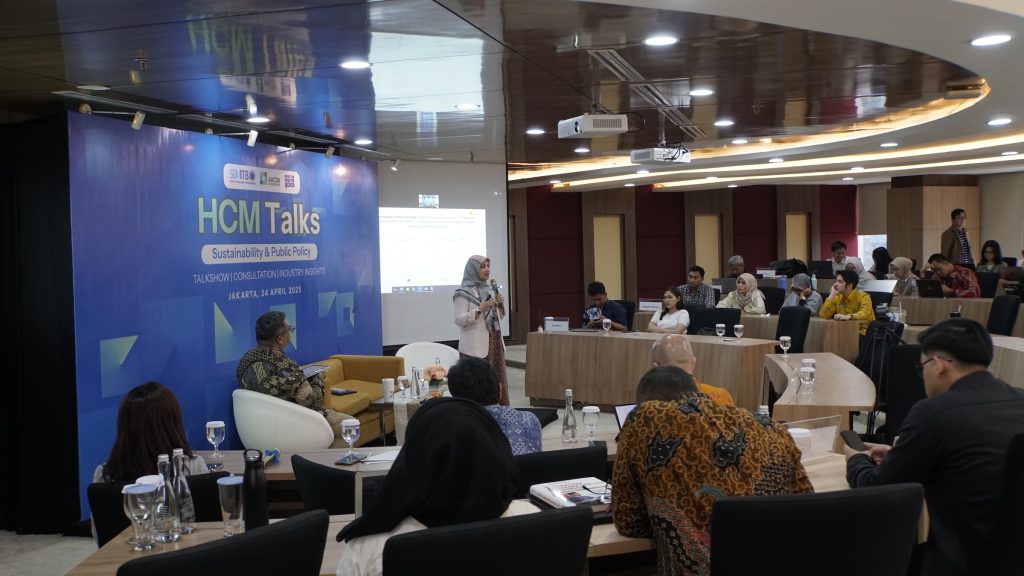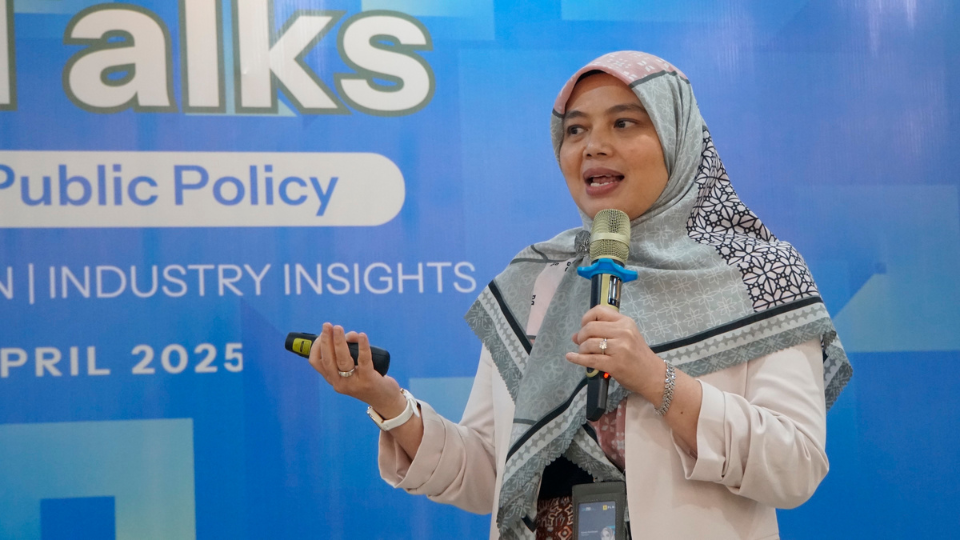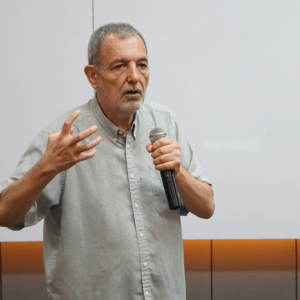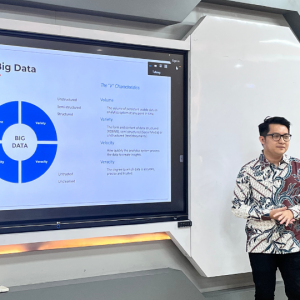The climate crisis is no longer a future concern, it is happening now and affecting operations at PT PLN (Persero).
For example, the El Niño phenomenon in the tropical Pacific in 2023 triggered prolonged droughts, reducing water levels at hydroelectric power plants and disrupting electricity supply. This circumstance forced PLN to rely on alternative energy sources to maintain operations.
This current reality was highlighted by Kamia Handayani, Executive Vice President of Energy Transition and Sustainability at PT PLN (Persero), during the Human Capital Management Talks held by SBM ITB Jakarta, at Graha Irama Building, (24/4).
Kamia referenced The Global Risk Report 2025, which identifies environmental crises as some of the most critical long-term global risks. These include extreme weather, biodiversity loss, irreversible changes to Earth’s systems, and the depletion of natural resources.
“In 2024 alone, we’ve witnessed an increase in extreme heatwaves, severe flooding, extended droughts, and rapid glacier melt,” Kamia said. “Today’s discussion on sustainability is no longer just about climate change, it’s about managing an ongoing climate crisis. For PLN, sustainability is no longer optional.”
She explained that PLN has transformed its sustainability strategy into tangible actions focused on future impact. These include reducing emissions in line with the Enhanced Nationally Determined Contributions (ENDC), adopting clean energy technologies, developing green ecosystems, ensuring a just energy transition, and empowering communities.
PLN currently operates under a “trilemma” of priorities: securing and maintaining a quality power supply, ensuring fair and affordable pricing, and achieving environmental and social sustainability. All of which must be addressed simultaneously.
“PLN is now committed to delivering services that embody sustainability values. Electricity is no longer viewed merely as a product,” Kamia added. “Today’s executive dashboard isn’t just about sales, it includes carbon credits and sustainability-aligned indicators.”






